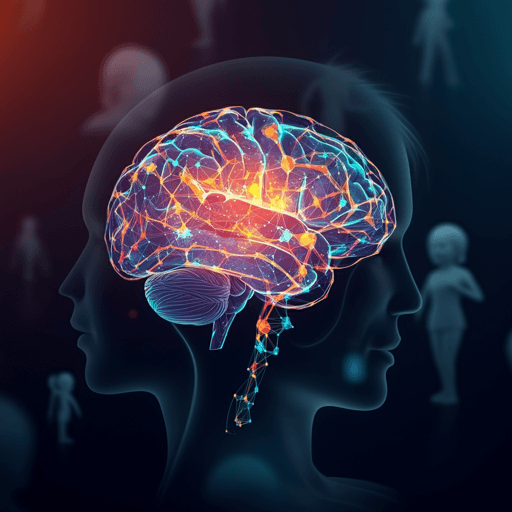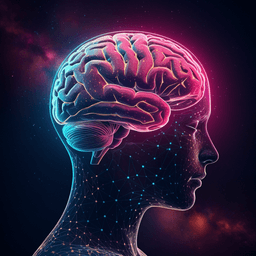
Medicine and Health
The Journey of the Default Mode Network: Development, Function, and Impact on Mental Health
F. R. Azarias, G. H. D. R. Almeida, et al.
Dive into a sweeping review of the Default Mode Network—its role in self-reflection, social and emotional processing, evolutionary presence across species, and development from infancy to adulthood—research conducted by Authors present in <Authors> tag. Learn how DMN insights could inform treatments for neuropsychiatric conditions.
~3 min • Beginner • English
Related Publications
Explore these studies to deepen your understanding of the subject.







